



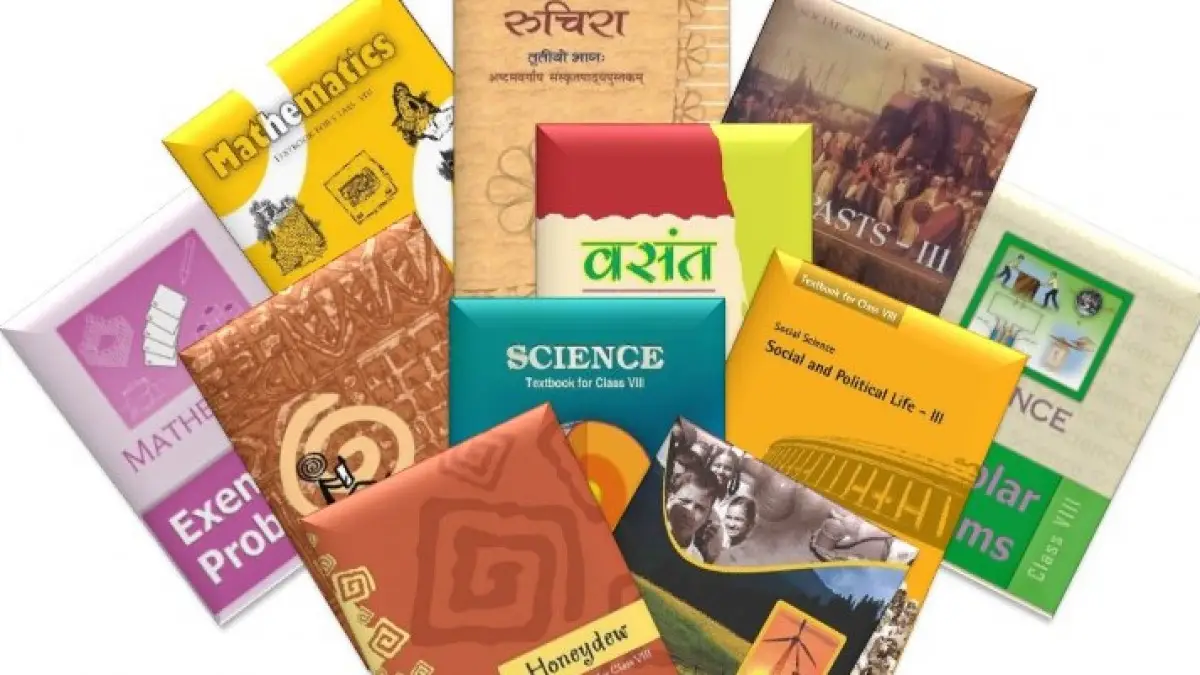

Copyright infringement not intended
Picture Courtesy: https://odishatv.in/news/education/ncert-warns-publishers-over-copyright-infringement-of-its-school-books-232149
Context: The Andhra Pradesh High Court rules that copyright cannot be claimed on textbooks dealing with maths and science subjects because their content is not considered literary in nature.
Details
Court's Decision and Rationale
|
It is important to note that this is just one court decision and copyright law can vary by jurisdiction. There have been other cases where courts have found copyrights in certain aspects of textbooks, such as the selection and arrangement of content. |
Implications for Educational Publishers
Comparison with Other Legal Precedents
|
Copyright Act in India |
|
|
Historical Context |
●Enactment and Amendments: The Copyright Act 1957 became effective on January 21, 1958. It has undergone six amendments, with the most recent in 2012 (Copyright Amendment Act 2012), reflecting changes in intellectual property rights over time. ●Colonial Origins: The earlier copyright legislation in India was the Indian Copyright Act of 1914, influenced by the Imperial Copyright Act of 1911 in the United Kingdom. The 1914 Act remains applicable for works created before January 21, 1958. |
|
Definition and Scope of Copyright |
●Bundle of Rights: Copyright grants creators of literary, dramatic, musical, and artistic works, as well as producers of cinematograph films and sound recordings, a bundle of rights. These include reproduction, public communication, adaptation, and translation rights. ●Purpose of Copyright: Copyright is designed to stimulate artistic and creative activity while enriching public knowledge. It is intended to encourage creativity by ensuring creators benefit from their works. |
|
Types of Works Protected |
●Copyright protection extends to literary, dramatic, musical, artistic works, cinematograph films, and sound recordings, covering a broad spectrum of creative content. |
|
Duration of Copyright Protection |
●Lifetime of Author: For literary, dramatic, musical, and artistic works, copyright protection lasts for the lifetime of the author plus sixty years from the year following the author's death. ●Other Works: Different categories of works, such as anonymous or pseudonymous works, cinematograph films, sound recordings, and government works, have varying durations of copyright protection specified by the Act. |
|
Ownership and Assignment of Copyright |
●First Owner: Generally, the author is considered the first owner of copyright. However, in cases of works created during employment ("contract of service"), the employer holds copyright unless agreed otherwise. ●Joint Authorship: The Act recognizes joint authorship for collaborative works where contributions are indistinct. ●Assignment: Copyright can be assigned through written agreements specifying the work, duration, and territory of the assignment. In cases where duration is unspecified, the copyright reverts to the author after five years. |
|
Exceptions to Copyright Infringement |
●Fair Dealing: India follows a fair dealing approach, not "fair use" as in the US. Fair dealing encompasses specific purposes like private or personal use, research, education, criticism, review, and reporting of current events. ●Statutory Exceptions: The Act outlines specific activities exempted from copyright infringement, distinct from broad fair use concepts. |
|
Remedies for Copyright Infringement
|
●Administrative Remedies: Customs authorities can detain infringing goods. ●Civil Remedies: Copyright owners can seek injunctions, damages, and accounts of profits through civil litigation. ●Criminal Remedies: Criminal penalties, including imprisonment and fines, are available for copyright infringement. |
|
Jurisdiction and Legal Interpretation |
●Place of Suing: The Act clarifies jurisdiction for copyright infringement cases based on the location of the plaintiff's residence or business where the cause of action arises. ●Legal Interpretation: Courts interpret copyright law to balance the rights of creators with the public interest, aiming to encourage creativity and knowledge dissemination. |
Conclusion
Must Read Articles:
COPYRIGHT INFRINGEMENT AND PASSING OFF
Source:
|
PRACTICE QUESTION Q. Consider the following statements in the context of the Copyright Act in India: 1. The Copyright Act in India grants exclusive rights to creators of literary, artistic, musical, and dramatic works. 2. The term of copyright protection in India is typically the lifetime of the author plus 60 years. 3. Copyright protection for computer software in India extends to the expression of the idea in the software but not to the underlying algorithms or principles. 4. The Copyright Act allows fair dealing with copyrighted works for the purpose of research, private study, criticism, review, or news reporting. How many of the above statements are correct? A) Only one B) Only two C) Only three D) All four Answer: D |
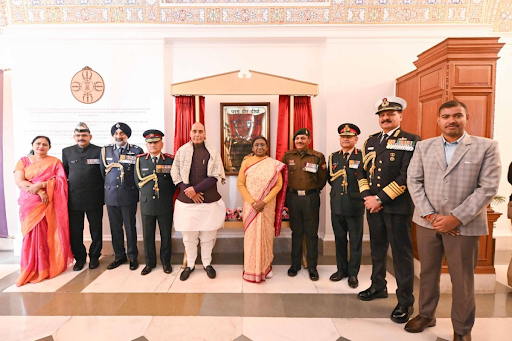
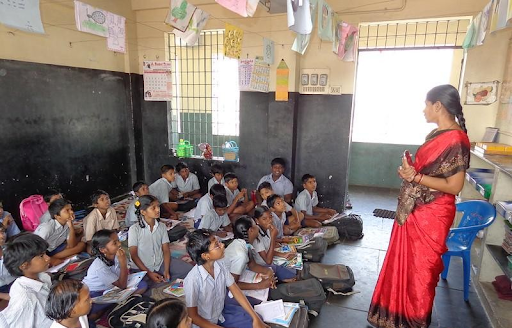
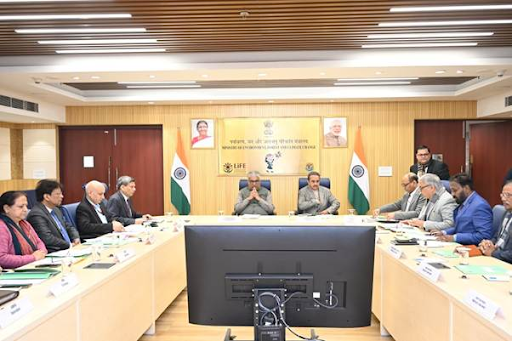
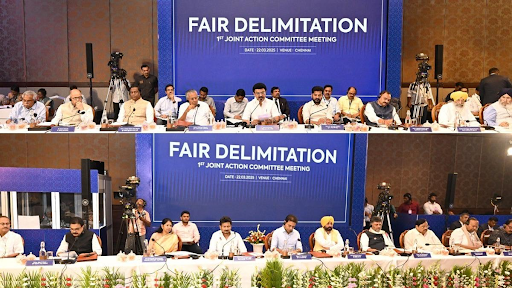

© 2026 iasgyan. All right reserved